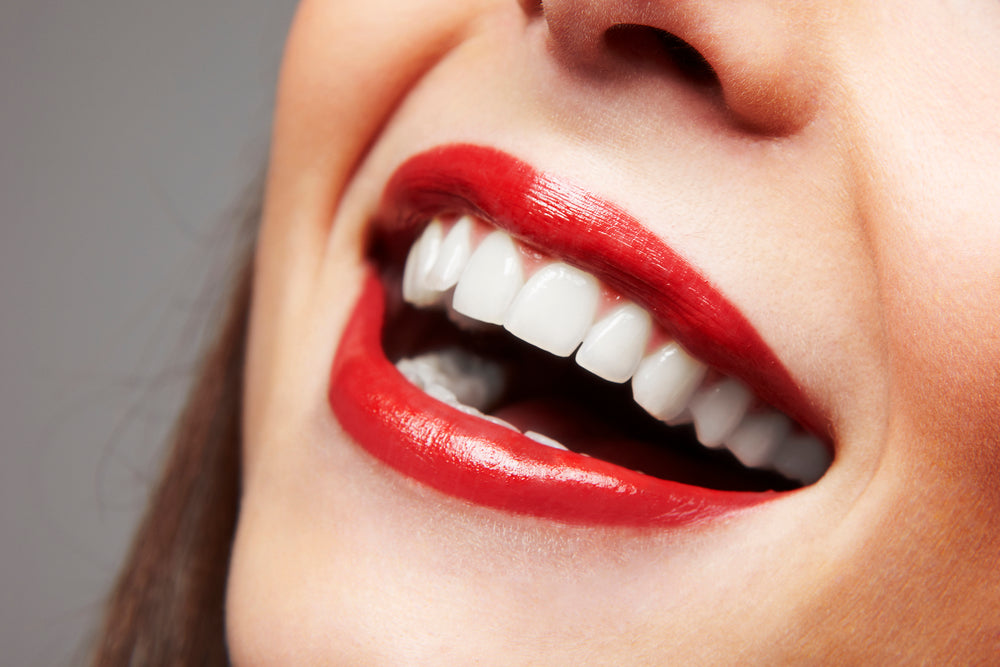
How a Water Flosser Can Improve Your Oral Health
Did you know that brushing alone only cleans about 60% of the surfaces of your teeth? That's why dentists often recommend flossing for an effective oral hygiene routine. Still, if you find traditional flossing uncomfortable or time-consuming, there's a better way: the water flosser.
According to dentist reviews, people can use a water flosser for healthy gums, gum disease prevention, and plaque removal. If you’ve never used this high-tech tool, in this article, we explore why you should use a water flosser for overall oral hygiene and how to incorporate them into your dental care routine.
Importance of Oral Hygiene?
People brush their teeth at least once daily. While brushing is effective, it cannot fight against the 700+ bacteria in the mouth.
Oral hygiene helps you maintain clean teeth, gums, and mouth. So, it’s not just about brushing but everything you need to do to ensure these bacteria do not interfere with your gum, teeth, and mouth health. When people neglect their oral health, research suggests that it may pose severe risks to their dental health.
Long-Term Effects of Poor Oral Hygiene
Poor oral hygiene can have several long-term effects on your dental and oral health. For instance, it can lead to tooth loss. If left untreated, gum disease can cause the gums to recede, exposing the roots of the teeth and making them more susceptible to decay and infection. Eventually, this can lead to tooth
loss.
Poor oral hygiene can also cause people to develop oral cancer, and you don't want this because oral cancer can affect the lips, tongue, cheeks, and throat. More than this, poor oral hygiene can cause bad breath, making it difficult for people to communicate.
In severe cases, research even shows that poor oral hygiene can lead to an increased risk of cardiovascular disease, including heart attack and stroke, and may also lead to dementia. Besides, when you don't brush and floss regularly, bacteria in your mouth can produce acids that eat away at your tooth enamel, causing cavities. Fortunately, practicing good oral health habits can help you prevent these dental problems.
What Are The 5 Good Oral Habits To Improve Oral Health?
1. Brush with fluoride toothpaste to remove plaque and cavities, strengthen your tooth enamel
and protect against decay.
2. Floss daily to prevent gum disease
3. Limit sugary and acidic foods as they can erode your tooth enamel and lead to cavities.
4. Limit alcohol and tobacco use as they can increase your risk of oral cancer, gum disease, and
tooth decay.
5. Drink plenty of water to wash away food particles and bacteria that promote gum and
periodontal diseases.
Benefits of Good Oral Hygiene
Good oral hygiene can save you the cost of expensive dental procedures in the long run. Plus, it boosts your self-confidence, makes you look attractive when you smile, and improves your overall quality of life. That’s not all! Good oral hygiene can:
- Improve bad breath
- Reduce bacteria that may cause plaques and tartar
- Prevent gum diseases
- Prevent tooth decay
- Prevent tooth loss
How Can I Make My Teeth Healthy Again?
While practicing good oral hygiene is essential, most times, even with good oral hygiene, the teeth can lose their shiny sparkle and become discolored due to factors like age, food and drinks, tobacco use, and medications. In fact, some people are born with discolored teeth due to their genetics. If you experience discolored teeth, one effective solution to combat this challenge is to improve oral health with a water flosser.
Using a water flosser for dental hygiene can help improve gum health by removing bacteria that can cause gum disease. Water flosser oral health devices also offer effective cleaning benefits as they can reach corners traditional flossing can't. Manufacturers even make water flossers for teeth sensitivity to ensure people with sensitive gums can use them.
If you are in the market for a portable water flosser, one good model to consider is the Flossmo Water Flosser. With 30 seconds daily routine, this water flosser and oral health device will remove lingering bacteria and effectively reduce gum disease and bleeding.
How Can I Improve my Oral Health Fast with Flossmo Water Flosser?
Water flossing for healthy teeth generally involves five oral hygiene steps which include:
- Remove the water tank from the flosser and fill it with warm water
- Choose the appropriate tips, whether for braces, implants, or periodontal pockets.
- Adjust the water pressure to your comfort level. Start at low pressure and gradually increase as needed.
- Turn on the flosser and aim the tip at a 90-degree angle on the gum line. Floss from the back of your mouth and work your way forward. Move the tip along the gumline using a circular or back-and-forth motion.
- When you finish, remove the tip from the flosser and rinse it thoroughly under running water.
So, Can Oral Hygiene Routine Order Oral Hygiene?
Maintaining a good oral hygiene routine can be challenging, especially for people who more or less rarely do it, and that’s why many people complain of bad breath, a loose tooth, and tooth decay. In truth, good oral hygiene is crucial for oral health, and the order in which you perform your oral hygiene routine can affect the effectiveness of your cleaning.
Technically, good oral hygiene will involve brushing the teeth, flossing then rinsing the mouth. But, incorporating a water flosser for fresh breath rather than traditional flossing will offer more advantages for your dental problems. A water flosser is great for dental implants, bridges, and bad breath and can reach hidden edges string flossing can't.
